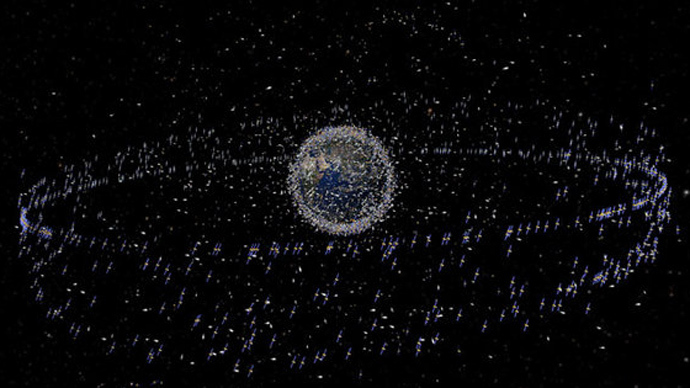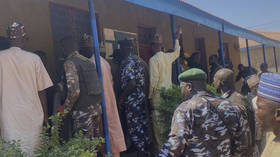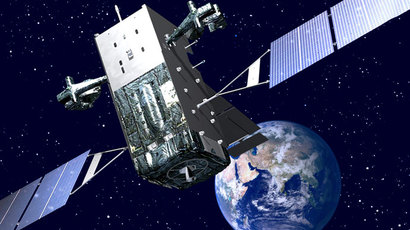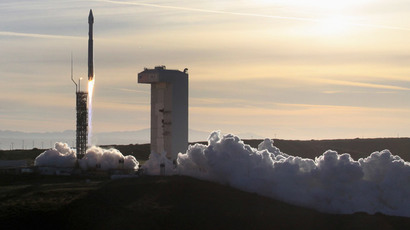Pentagon plans multi-billion dollar project to combat space junk

Later this month the US Pentagon plans to award a massive contract to one of the two most influential American contractors for a project that, if all goes according to plan, will be able to identify space debris before it becomes a threat to the Earth.
Lockheed Martin Corp. and Raytheon Co. are competing for the $6 billion contract to design and construct Space Fence, a radar system that will eventually be able to track large bodies of space matter. The plan is being put into place so that the government can not only better predict the bodies that may come into contact with Earth (such as the asteroid that exploded over Chelyabinsk, Russia, for instance) but also to better protect satellites that could be destroyed while in orbit.
“There’s a lot of stuff up there, and the impact of the new space fence will be able to track more objects and smaller objects,” Joan Johnson-Freese, a professor of national security affairs at the US Naval College, told the Sydney Morning Herald, adding that the technology “is a necessity, but not sufficient…We need to move on to an active plan for removal.”
The National Aeronautics and Space Administration has estimated that 500,000 chunks of man-made material floats around the Earth. Any one of those could damage or completely knock out the 1,200 operational satellites owned by various nations that are responsible for providing Internet access, banking functions, cell phone connections, Global Position System mapping, and other necessities.
The debris smashes together so fast – a combined speed of 22,000 miles per hour, six times the speed of a high-velocity bullet – that the collision is accompanied by a massive shockwave, according to the Wall Street Journal.
“It literally shakes the satellite apart,” Felix Hoots, a distinguished engineer at the Aerospace Corporation, a government-funded space research group, told the paper. “The [fence] is going to give us a lot more data and see a lot more objects than we’ve seen before.”
US Air Force general William Shelton said during a speech earlier this year that the military issued more than 10,000 warnings of close calls to American and international satellite operators. The risk is growing, though, as a generation of satellites enters old age and break down. China intentionally destroyed one of its own satellites with a rocket in 2007, for example, sending 2,500 more pieces into space.
“If maybe a two-to-three-centimeter sized object can be lethal to fragile satellites, we’ve got a lot of traffic in space that we need to be worried about and we just can’t track it right now,” he told the Journal.














